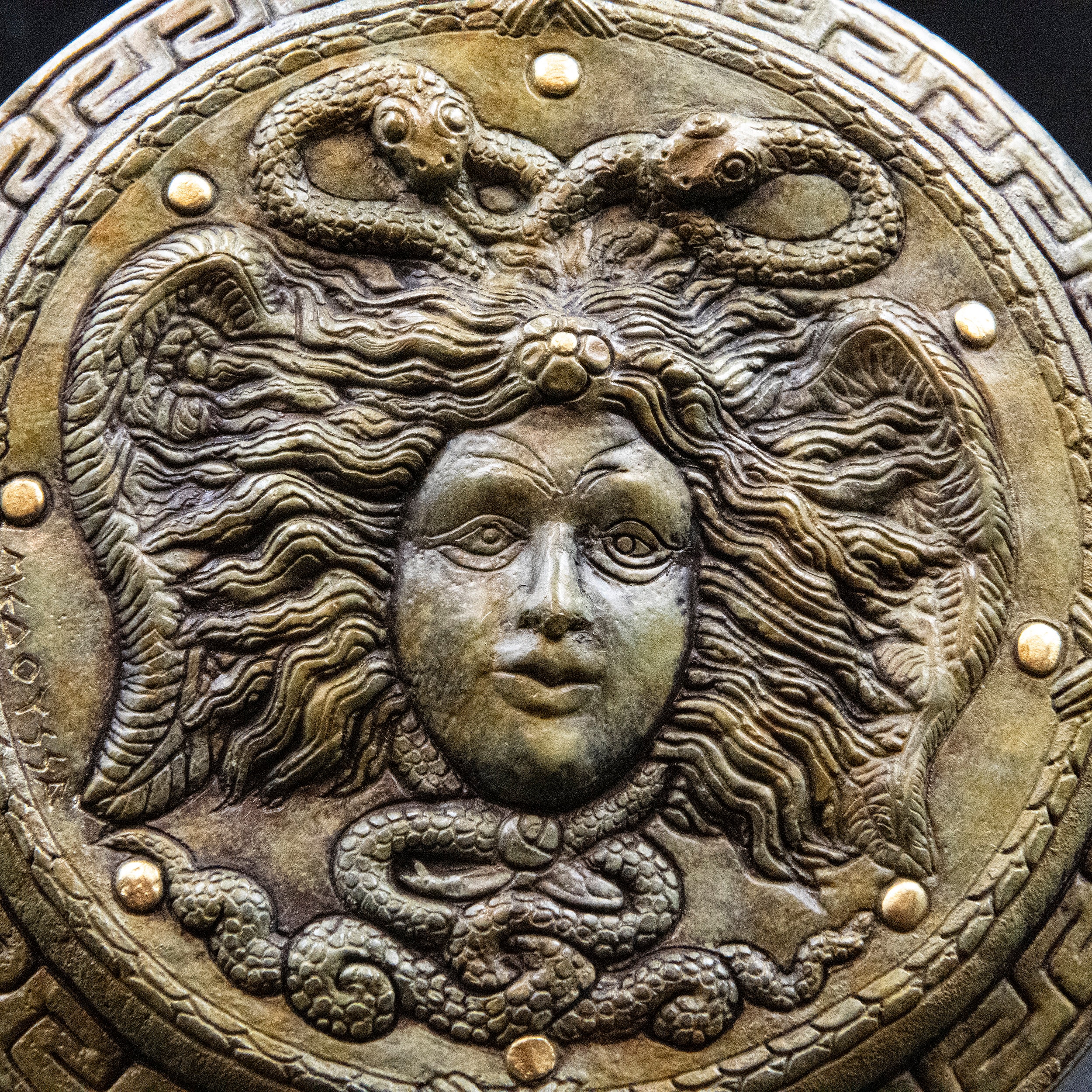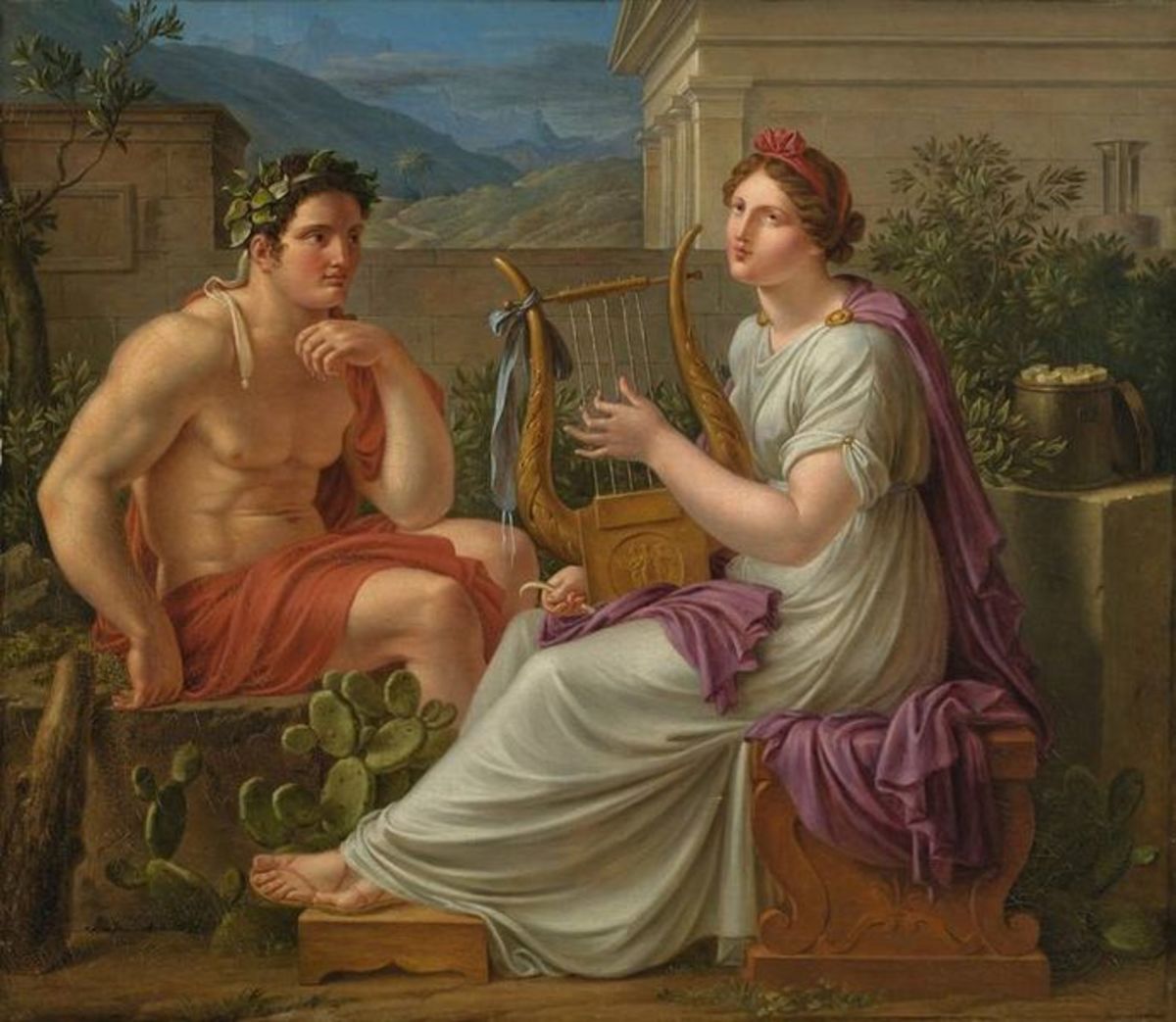Niobe, the weeper of Greek myth, embodies the tragic consequences of hubris and the enduring power of grief. Her story has captivated artists, writers, and thinkers for centuries, inspiring profound reflections on loss, suffering, and the human condition.
From ancient sculptures to modern literature, Niobe’s image has been immortalized as a poignant reminder of the fragility of human life and the transformative power of adversity.
The Myth of Niobe
The myth of Niobe tells the tale of a proud queen who dared to challenge the gods and suffered a tragic fate as a result. Niobe, the wife of Amphion, King of Thebes, boasted that she had borne fourteen children, seven sons and seven daughters, while the goddess Leto had only two, Apollo and Artemis.
Enraged by Niobe’s hubris, Leto sent her children to slay Niobe’s. One by one, Niobe’s children were struck down by arrows, leaving her devastated.
Niobe’s Punishment and the Theme of Hubris
Niobe’s punishment serves as a cautionary tale about the dangers of hubris, or excessive pride. By boasting about her fertility and comparing herself to a goddess, Niobe overstepped her bounds and incurred the wrath of the gods. Her punishment was severe and irreversible, demonstrating the consequences of challenging divine authority.
The myth of Niobe reminds us that mortals should be humble and respectful in the face of the gods. It also highlights the importance of recognizing one’s own limitations and avoiding the sin of hubris.
The Representation of Niobe in Art
Niobe has been a subject of artistic fascination for centuries, with her tragic tale inspiring countless works of art. These representations vary greatly in style and interpretation, but they all share a common thread: the expression of Niobe’s profound grief and suffering.
Niobe in Ancient Greek Art
In ancient Greek art, Niobe was often depicted as a proud and defiant figure, her face contorted in an expression of anguish. Her body language conveyed a sense of despair and resignation, as if she had given up all hope of ever recovering from her loss.
Niobe in Renaissance Art
During the Renaissance, artists began to explore a more emotional and naturalistic approach to depicting Niobe. Her face became softer and more expressive, and her body language conveyed a sense of vulnerability and pathos. This shift in representation reflected the changing attitudes towards grief and suffering during that period.
Unravel the mysteries of crossword puzzles with ease! Discover the answer to the “itty bitty kitties” clue here . Delve into the realm of time and uncover the solution to the “day time” clue here . Finally, enhance your typographic knowledge by finding the answer to the “font features” clue here .
Niobe in Modern Art
In modern art, Niobe has been interpreted in a variety of ways. Some artists have chosen to focus on the psychological aspects of her grief, while others have used her story to explore themes of loss, suffering, and the human condition.
Symbolism and Emotional Impact
The various representations of Niobe in art serve to highlight the enduring power of her story. Her image has become a symbol of maternal grief and the devastating consequences of hubris. Her suffering resonates with audiences across time and cultures, reminding us of the fragility of human life and the importance of compassion.
The Legacy of Niobe in Literature and Culture
The myth of Niobe has left an enduring mark on Western literature and culture, inspiring countless works of art, music, and literature. Over time, the myth has been interpreted and reinterpreted, reflecting the changing values and perspectives of different eras.
Literature
In literature, Niobe has been a popular subject for poets and playwrights. Ovid’s Metamorphosesprovides the most famous account of her story, while Aeschylus’s lost play Niobeexplored her suffering and grief. Later writers, such as Dante and Shakespeare, also drew on the myth in their works.
- Ovid’s Metamorphoses: Niobe is transformed into a weeping rock, a symbol of her unending sorrow.
- Aeschylus’s Niobe: Explores the themes of hubris and divine retribution.
- Dante’s Inferno: Niobe is depicted as a frozen figure in the seventh circle of Hell, weeping for her lost children.
- Shakespeare’s Hamlet: Hamlet compares his mother’s grief to Niobe’s, emphasizing the universality of her suffering.
Music, Weeper of greek myth
In music, Niobe has been the subject of operas, oratorios, and songs. Claudio Monteverdi’s opera L’Orfeofeatures a moving lament by Niobe, while George Frideric Handel’s oratorio Saulincludes a chorus that mourns her loss.
- Claudio Monteverdi’s L’Orfeo: Niobe’s lament expresses the depths of her grief and despair.
- George Frideric Handel’s Saul: The chorus “Weep, ye children of Israel” draws parallels between Niobe’s suffering and the Israelites’ mourning.
- Igor Stravinsky’s ballet Apollon Musagète: Niobe is depicted as a symbol of grief and loss.
Art
In art, Niobe has been depicted in numerous sculptures, paintings, and mosaics. One of the most famous sculptures is the Niobe Group, which depicts Niobe and her children being attacked by Apollo and Artemis. Other notable works include paintings by Titian and Nicolas Poussin.
- The Niobe Group: A poignant depiction of Niobe’s suffering and the consequences of her hubris.
- Titian’s Venus of Urbino: Niobe is shown as a symbol of both beauty and sorrow.
- Nicolas Poussin’s Landscape with Niobe: A haunting depiction of Niobe’s transformation into a weeping rock.
The Psychological and Cultural Significance of Grief
The myth of Niobe offers a profound exploration of the psychological and cultural dimensions of grief. It provides a lens through which we can examine the human experience of loss, shedding light on the complexities of mourning, the weight of sorrow, and the transformative power of time.
The Psychological Dimensions of Grief
The myth illustrates the intense psychological toll that grief can inflict. Niobe’s transformation into a weeping stone symbolizes the overwhelming pain and anguish that can accompany loss. It captures the sense of being frozen in time, unable to move forward or let go of the pain.
The myth also highlights the importance of acknowledging and expressing grief. Niobe’s refusal to accept her fate and her persistent mourning demonstrate the need for individuals to process their emotions and find healthy ways to cope with loss.
The Cultural Dimensions of Grief
The myth of Niobe reflects the cultural norms and expectations surrounding grief in ancient Greece. Niobe’s excessive mourning was seen as a transgression of social boundaries, and her punishment served as a warning against indulging in excessive sorrow.
The myth also reveals the gendered aspects of grief. Niobe’s suffering as a mother highlights the particular pain experienced by women who lose their children. It speaks to the cultural recognition of the profound bond between mothers and their offspring.
Niobe as a Symbol of Female Suffering
Niobe, the mythological figure known for her tragic loss and unwavering grief, has become an enduring symbol of female suffering. Her story resonates with women throughout history who have experienced loss, sorrow, and societal pressures.
Social and Historical Contexts
In ancient Greek society, women were often marginalized and subject to the whims of men. Niobe’s punishment, being turned into a weeping statue, can be seen as a reflection of the societal view that women’s grief was excessive and disruptive to the social order.
Throughout history, women have been subjected to various forms of oppression and violence, leading to widespread suffering and trauma. Niobe’s story serves as a poignant reminder of the resilience and strength of women in the face of adversity.
Psychological Significance
Psychologically, Niobe represents the archetypal grieving mother. Her intense and prolonged grief reflects the deep emotional pain and trauma that women can experience after losing a loved one.
Niobe’s inability to find solace or relief from her grief highlights the often-silenced and marginalized experiences of women’s suffering. Her story encourages empathy and understanding for those who are struggling with grief and loss.
Final Thoughts: Weeper Of Greek Myth
The myth of Niobe continues to resonate today, offering insights into the complexities of human nature and the universal experience of loss. Through her story, we are reminded of the importance of humility, the resilience of the human spirit, and the enduring power of art to capture and convey the deepest emotions of the human experience.
Answers to Common Questions
Who is Niobe in Greek mythology?
Niobe was a queen of Thebes who boasted of having more children than the goddess Leto. Her hubris led to the death of her children and her transformation into a weeping stone.
What is the significance of Niobe’s punishment?
Niobe’s punishment serves as a warning against hubris, the excessive pride that leads to downfall. Her transformation into a weeping stone symbolizes the enduring nature of her grief and the futility of her attempts to challenge the gods.
How has the myth of Niobe been depicted in art?
Niobe has been depicted in various forms of art throughout history, including sculptures, paintings, and literature. These representations often capture her sorrow and despair, as well as the tragic consequences of her hubris.




